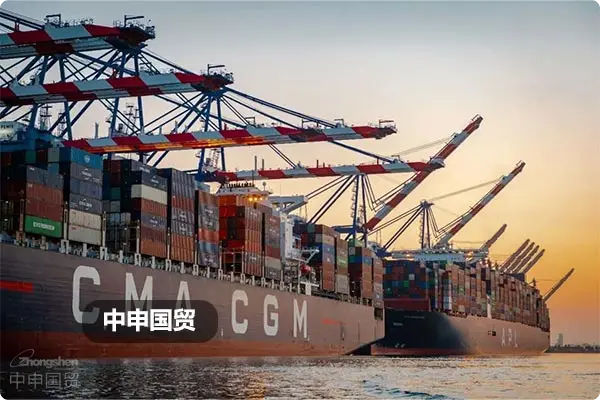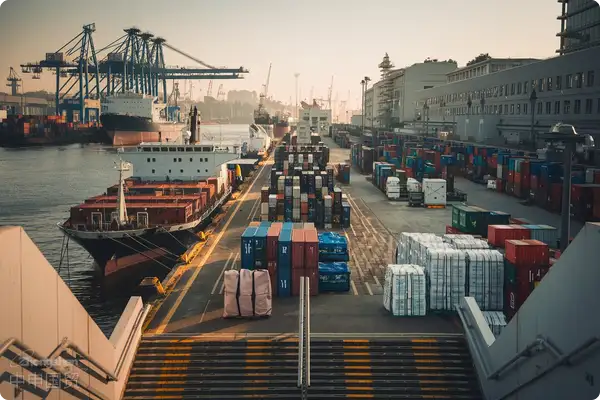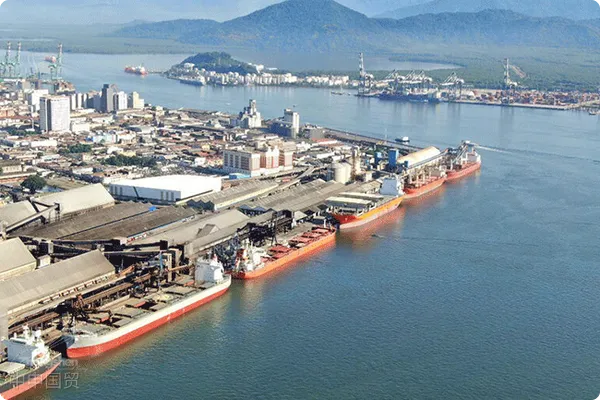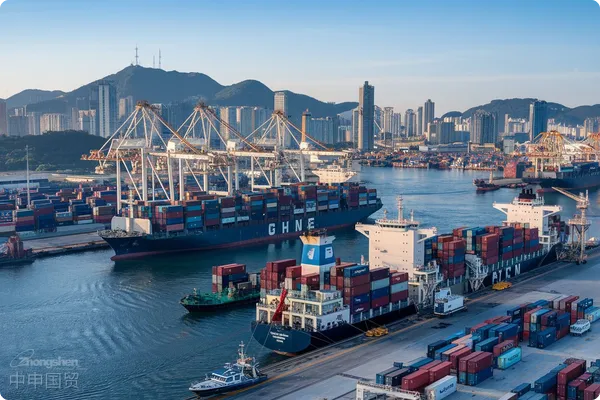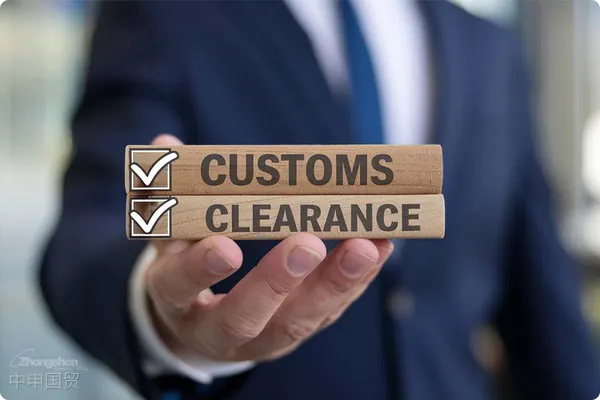- Shanghai Zhongshen International Trade Co., Ltd. - Two decades of trade agency expertise.
- Service Hotline: 139 1787 2118
In the field of global trade, goodsimport and exportInspection is an important link to ensure national security and maintain national economic order. As an important participant in global trade, the United States has a relatively complete and strict customs inspection system and process. The following will detail the regular inspection methods and the entire inspection process of the US Customs.

Four Regular Inspection Methods of the US Customs
(1) VACIS EXAM (Basic Inspection):This is the basic inspection method of the US Customs, which focuses on the customs clearance documents of the goods. The consignor needs to submit various documents required for customs clearance, such as customs declaration documents and customs clearance documents, for the customs to review. Only when all the documents are complete and there are no abnormalities will the goods be released.
(2) CET (Machine Scanning Inspection):It is called Non - intrusive Inspection (NII), mainly relying on X - ray machines to scan the goods. After the goods arrive, customs officers will use X - ray machines to scan and judge the nature of the goods by viewing the X - ray images. If the images show no abnormalities, the goods will be released normally.
(3) Tail Gate (Unboxing Inspection):After the X - ray inspection of the goods, if the customs officers still have doubts, they will choose to conduct an unboxing inspection. The customs officers will open the seal of the container and conduct an intuitive inspection of the goods to ensure that the goods are consistent with the customs declaration documents.
(4) MET (Manual Inspection):This is the most stringent inspection method of the US Customs, which requires an in - depth inspection of the entire goods. The goods will be transported to the designated inspection site, and professional SCE personnel will conduct a 1/3, 2/2 or full - scale unpacking inspection.
The Overall Process of US Customs Inspection
(1) Notification Stage:Once the customs decides to inspect a batch of goods, the on - site customs officer who receives the documents will print out the Inspection Notice and officially inform the consignor.
(2) Plan Arrangement:After receiving the inspection notice, the customs generally arranges the inspection plan for the next day. This can ensure the orderly progress of the inspection work and give the consignor enough time to prepare.
(3) Actual Inspection:According to the type and requirements of the inspection, the customs may conduct unboxing inspections, re - inspections or sample extractions. This stage is the most critical part of the entire inspection process, involving whether the goods can pass customs smoothly.
For enterprises exporting to the United States, understanding the US customs inspection process and methods and ensuring the compliance of goods and relevant documents is the key to ensuring the smooth customs clearance of goods.
Related Recommendations
? 2025. All Rights Reserved. 滬ICP備2023007705號(hào)-2  PSB Record: Shanghai No.31011502009912
PSB Record: Shanghai No.31011502009912
